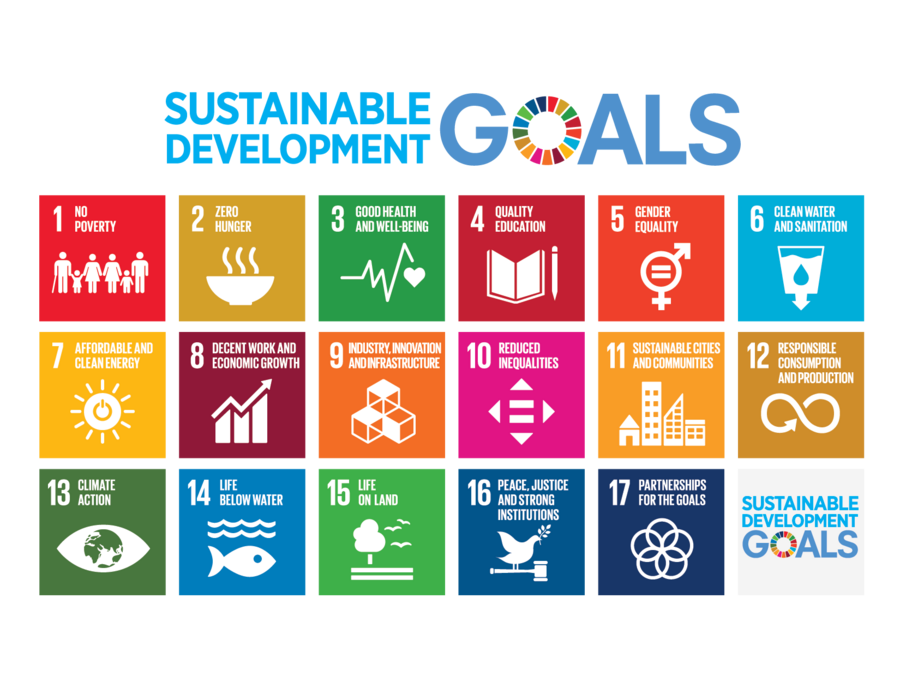Recently, I had the pleasure of attending a working group meeting during NY Climate Week hosted by the Global Seaweed Coalition in partnership with The Earthshot Prize, United Nations Global Compact, and Institut océanographique de Monaco — and guess what? I joined the coalition!
You might be wondering, what is the Global Seaweed Coalition, and why do we need one? Picture this: policymakers, entrepreneurs, academics, executives, and nonprofit leaders all gathered (virtually, of course) to chat about growing the seaweed industry sustainably. It is so exciting to engage with folks from all over the world who want to advance the numerous ways in which seaweed can benefit humanity.
I’m sure there are eye-rolls from environmentalists and conservatives alike when they see dramatic headlines like “Seaweed can save the world.”
But what if it kind of can?
As a development practitioner, I know the ins and outs of the United Nations’ Sustainable Development Goals (SDGs) pretty well. If you’re not familiar with the SDGs, they’re 17 global goals adopted by the United Nations in 2015, focused on things like ending poverty, reducing inequality, and fighting climate change.
What I love about seaweed is that it really could be a nature-based solution to many of the global challenges humanity aims to tackle in the coming decades — food security, climate action, and gender equality, just to name a few!
Ok, Beck. We get you love seaweed, but really…
Why All the Hype About Seaweed Products?
Seaweed as a food source has been around for centuries, but what is less well known is how seaweed is, and has been, a material used in many common household goods.
Beyond the industrial food industry, seaweed has been quietly working wonders in pharmaceuticals, agriculture, and biomaterials for decades.
Here are just a few ways that seaweed is becoming a bioindustrial gamechanger:
Seaweed biofertilizers promote plant growth and soil productivity
Seaweed extracts have biopesticidal properties against plant and human pathogens
Seaweed-derived bioplastics can be manufactured for use in packaging and medicine






Check out this study on the recent advances in industrial applications of seaweeds to learn more.
The Current State of the U.S. Seaweed Industry
From my perspective, the seaweed industry in 2024 is at a pivotal moment. While the growth in these emerging biomaterials markets is exciting, there are pressing issues across the supply chain, policy landscape, and local market that could really make or break the industry.
Supply Chain:
Through my work with seaweed farmers both home in Rhode Island and abroad in Belize, I’ve identified how disjointed and uncoordinated the supply chain truly is. Fragmented markets and small, scattered cultivators are some of the most significant bottlenecks facing the North American seaweed ecosystem. Processing infrastructure is also a massive challenge—kelp, a popular species of seaweed in colder waters, has an incredibly short 10-hour window to be processed after harvesting. This requires specialized equipment and facilities that many small-scale farmers simply can't access or afford. These limitations, paired with fragmented logistics, make it difficult to sustainably scale seaweed farming. The supply chain logistics need innovation, investment, and collaboration.
Policy:
Political action is critical to the future of the US seaweed industry. The concept of seaweed farming has seen growing interest in places like California, but is slow moving due to the lack of a regulatory framework. The legal pathway for a Californian to start a seaweed farm simply doesn’t exist. And even in places where the industry has governmental support, like Maine, the permitting process often involves public hearings, which can significantly slow down the already tedious bureaucratic process. There is hope on the horizon with new legislation like the Coastal Seaweed Farming Act and the SHELLS Act, which could create a much-needed USDA aquaculture branch. But these bills are unlikely to garner much support in the near future and without it, the industry will remain stuck in its potential.
Market Development:
It’s evident that the U.S. seaweed market has incredible potential, but it currently holds just 2.5% of the global market share. The Paxtier Report recently shared that seaweed producers who make consumer goods are struggling, with some larger companies having ceased operations entirely. Consumer awareness is still low—people don’t yet fully understand how versatile seaweed is. Whether it’s kelp burgers or compostable seaweed-based packaging, the market has the potential to grow, but consumers and investors need to be educated about the benefits of seaweed.
The Future of Seaweed
I think you know by now that I believe seaweed can play a crucial role in creating a sustainable future. My goal is to rally as many people as possible to take concrete actions for the seaweed sector.
So what do you think? What kinds of products would get you excited to try more seaweed in your life?
Share your thoughts with me by responding to this email or in the comments on Substack! Let’s continue to learn from one other the best ways to promote profitable seaweed products with people and planet in mind!










Great article! I’m looking forward to reading more about how seaweed can help create gender equality!
I use a seaweed based facial clenser and I eat seaweed in my home cooking; I buy it dehydrated and then rehydrate it in soups and many other dishes, I just throw it in as another green vegetable. So tasty! I'm excited about how seaweed is starting to replace petroleum based polymers for coating food containers. This will have an impact on biodegradability of waste packaging and landfills! Start up companies are using seaweed extracts to to replace plastic in the manufacture of plastic bags. There's not enough seaweed grown to supply that market... Thanks for the great info, Beck, and for the great links. I always learn so much from your blog! Keep up the great work!